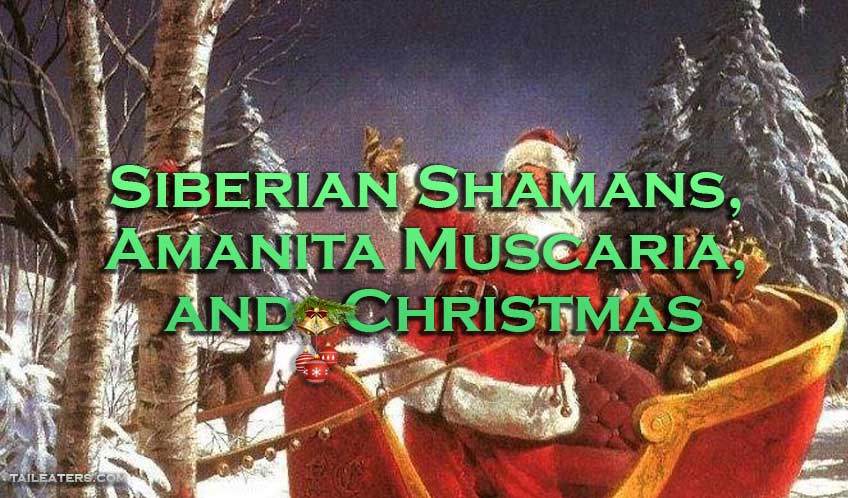
Christmas, Amanita Muscaria, and Santa Claus
This Christmas, consider celebrating Amanita Muscaria, an ancient psychedelic mushroom with clear connections to the holiday now celebrated as being the birth of Jesus Christ. Amanita Muscaria is the mushroom which started the Christmas tradition through Siberian Shaman cultures.
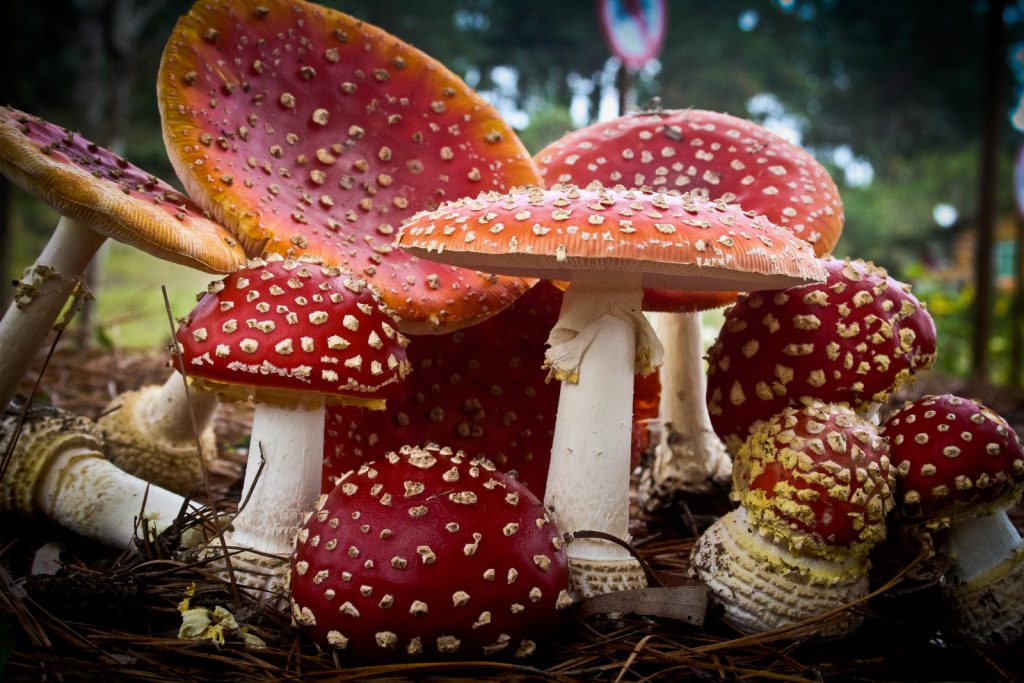
Among Siberian Shaman traditions, amanita muscaria has a long connection with the pagan holiday that preceded our current Christmas, and is the basis upon which our current holiday is framed.. Christmas, it makes sense then, would have been related to being the true end of the year. With the solstice closer to Christmas than our current New Year’s, it is also the end of the seasonal cycle. hich signaled a seasonal and sun/God death and rebirth. With that symbolic connection, the holiday was perhaps a tradition related to a death/rebirth process through the mushroom, as well. Amanita muscaria and psychedelic mushrooms are associated with death and rebirth, although the mode of action seems to be different from the more commonly known psilocybin.
Siberian Shaman Appearance
Santa Claus resembles a close appearance to the amanita muscaria’s coloration. There is some evidence that this is related to the appearance of Siberian Shaman while under the influence amanita muscaria, who brought gifts to children in the form of presents; gifts of nature, maybe even their own death and rebirth through the mushroom. There is some evidence that a Siberian shaman likely wore garments or materials colored similarly to white and red to better play the part of the mushroom in some kind of drama, almost as a kind of character. Shamanism in all its forms has a long tradition of initiating young people into the adult world, and psychedelics have been involved in many of those cultures.
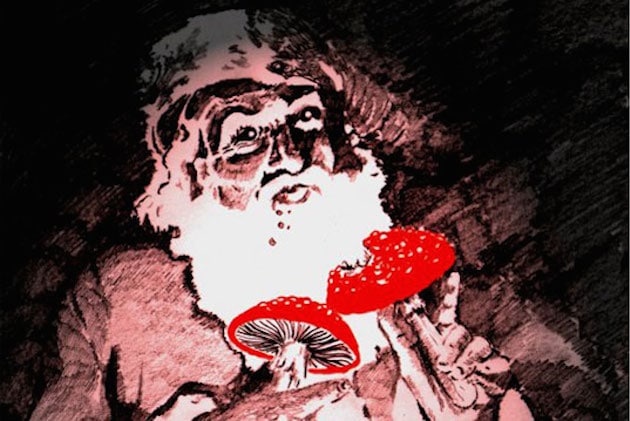
Or, perhaps the Siberian Shaman Santa’s gifts were gifts of joy, and he brought the winter gifts of the forest to villages. Perhaps the connection is with soul retrieval, with Santa Claus and the amanita muscaria being a kind of older soul retrieval of the Siberian Shaman, their people, the society, to bring back gifts in the form of visions or ideas or technologies. Regardless, because a shaman is often the one who takes psychedelics in Siberian cultures, the gifts may have been a kind of collective healing of the society through some kind of connection to the spiritual or unconscious world world. Although possible that others might have ingested it, more likely it was only the shaman under the psychedelics.
Soul Retrieval by the Siberian Shaman
Interestingly, reindeer have a strong association with Siberian indigenous people’s of the Taiga, and are also prevalent in the Christmas story. There is perhaps a Christmas psychedelic tradition with reindeer and amanita muscaria as well. Reindeer may have ingested amanita muscaria and gone extremely wild or erratic, hallucinated. Or, it may have been only the Siberian Shaman who hallucinated everything themselves. In either case, reindeer can be seen as the spirit guide taking the Siberian Shaman into the heavens. The heavens are where spiritual gifts for each person might be obtained, the result of what the past year has been for them. The sleigh was just a vehicle for going there.
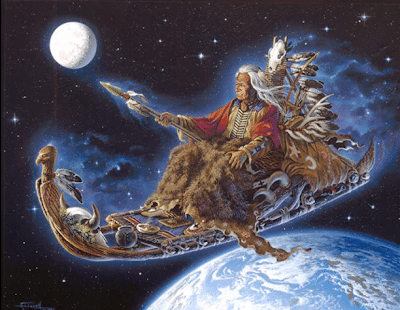
Imagine the Santa Claus question: “Have you been naughty or nice?” Or, imagine a trained Siberian Shaman under the influence of fly agaric asking specific questions from the spirit realm related to a person’s specific concerns or needs, asking for assistance, or any imaginable numbers of things. The elves of Santa Claus, then, may be kind of manifestations of the spiritual realm appearing in the form of creatures not dissimilar to what Terence McKenna refers to as “machine elves.”
Siberian Shaman Jesus
With the association between the Siberian Shaman and the original idea behind Christmas, there is further support behind the idea that Christianity, itself, may have been originally a mushroom cult. Artwork of various kinds may show this correlation. In this view, Jesus was either the mushroom, or someone propped up by the apostles as a communicator with the mushroom. In the former case, the apostles would have been communicating with the mushroom.
Jesus, then, is analagous to a Siberian Shaman. Found throughout various Siberian cultures, the Siberian Shaman was likely a central figure which underwent the death/rebirth process continually and/or communicated the mushroom’s messages. The Siberian Shaman was a kind of localized spiritual leader, a figurehead, serving as a model for their culture as well. Jesus, too, may have been a figurehead, a central figure propped up intentionally or as a natural outcome of events to be a kind of model. Taken farther than the Siberian Shaman, Jesus was an extension that may have been carried outward beyond what initially was a localized phenomena to a message that ultimately has been warped and spread worldwide.
Andrew Haacke is a lifelong spiritual seeker who researches and writes about the Hero's Journey, symbolism, mythology, and psychedelics. He studied anthropology at the University of Utah and social work and public administration at the University of Southern California.
Join the Discussion
Want to discuss more about this topic and much more? Join our discussion group online and start exploring your consciousness with others like yourself


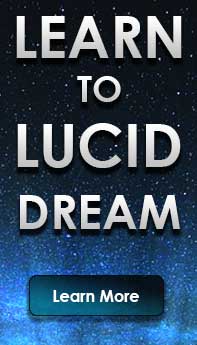
Recent Comments